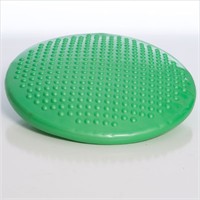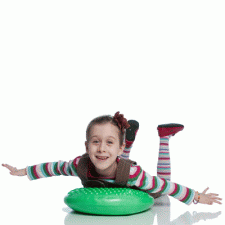Is There Danger in Play or More in its Absence? Part 1
As parents and caregivers, the safety of our children is our highest priority. We ask them to wear their helmets while biking, to look before they leap, and we remind them again and again of the proper procedures for crossing the street. We want them to be safe. That’s reasonable and responsible. But, as it is easy to do, we sometimes go a bit overboard on our efforts to protect our children. In the long run, some of our efforts can backfire.
Can A Playground Be Too Safe?
A piece in the New York Times, entitled,
“Can a Playground Be Too Safe?”, the author notes that the tall slides and adventurous climbing structures of our own childhood
playgrounds have been replace by tamer, assumably more lawsuit-proof equipment. While anyone with memories of asphalt-gnarled elbows or sunny-slide-burned thighs might be grateful for the progress, some researchers question if we’ve taken our safety measures too far, removing the opportunity for valuable play experiences.
Author of
Last Child in the Woods, Richard Louv, cites that many parents keep children away from playing and exploring outdoors because they’re afraid of kidnappers, serial killers, and other crazies and kooks. Unfortunately, too many children are harmed by adults, but the majority of those incidents involve family members, not strangers. In fact, while our 24-hour news cycle makes us aware of every misdeed around the world, the truth of the matter is that, according to crime statistics, it’s actually safer for children to play outside than it was during many of our own childhoods.
Play Spaces and Play Time Are Slowly Disappearing: At What Cost?
Between our fear of strangers and injuries, our acceptance of push-down academic goals, and our society’s penchant for litigation, play spaces and play time are slowly disappearing from the lives of many children. What is the cost of this trend?
In The American Journal of Play, research professor and prolific writer, Peter Gray compares research showing that the decrease of play in America seems to correlate with an increase of
anxiety, depression, and other types of psychopathology. It’s a connection that Gray strengthens with decades worth of research.
While research shows that child-led play is being replaced by school work, TV and computer time, and organized sports activities, concurrent studies also show an increase in psychopathology in children and adolescents. These mental ills include things like anxiety, depression, and even narcissism. While checking for other causes of psychopathology, this research found that American children are actually more anxious now than they were during the Great Depression, World War II, and the cold war.
Posted by
Angélica Pérez-Litwin in
HOME LIFE,
Parenting
Contributing Author - Amanda Morgan







